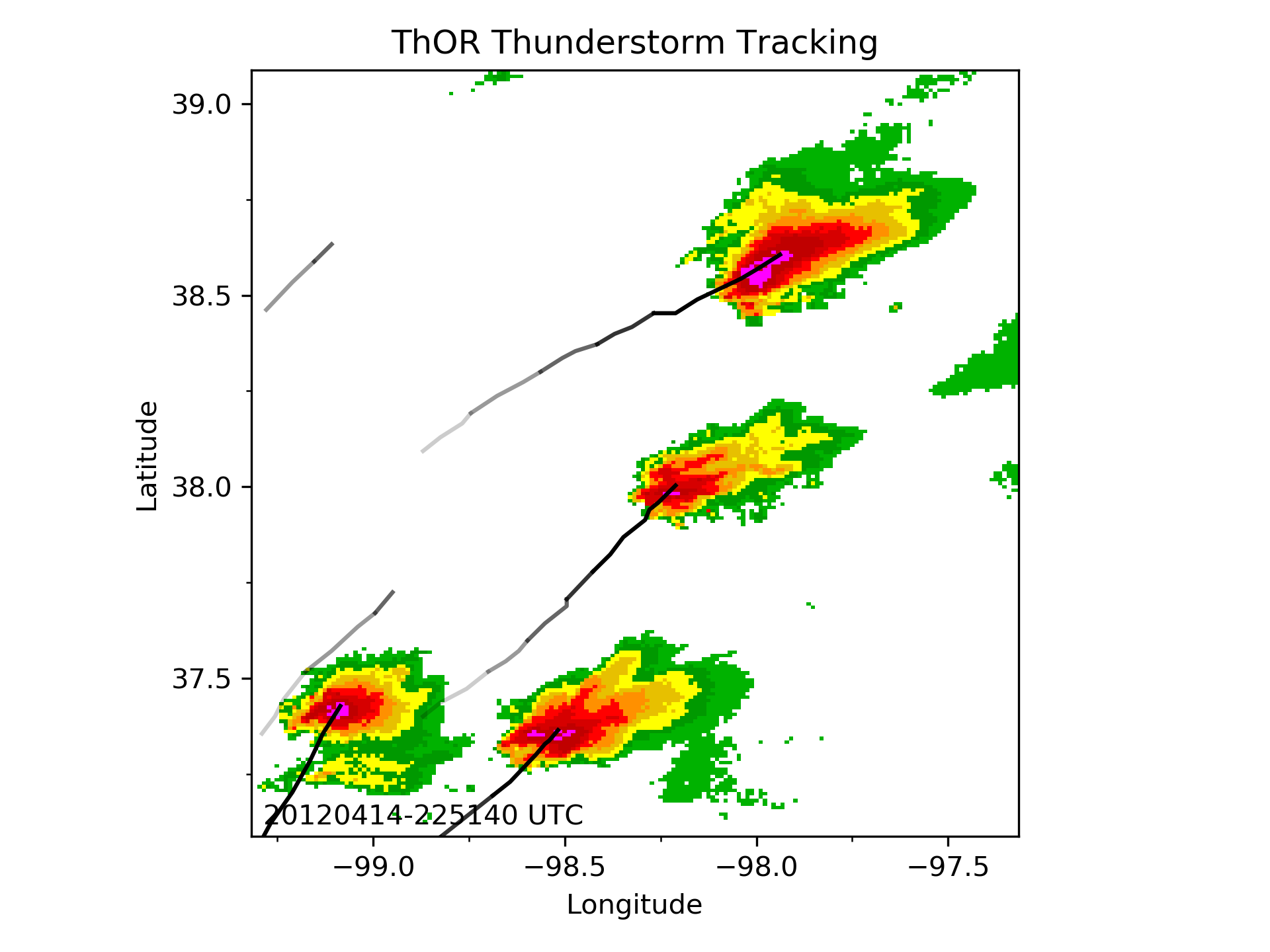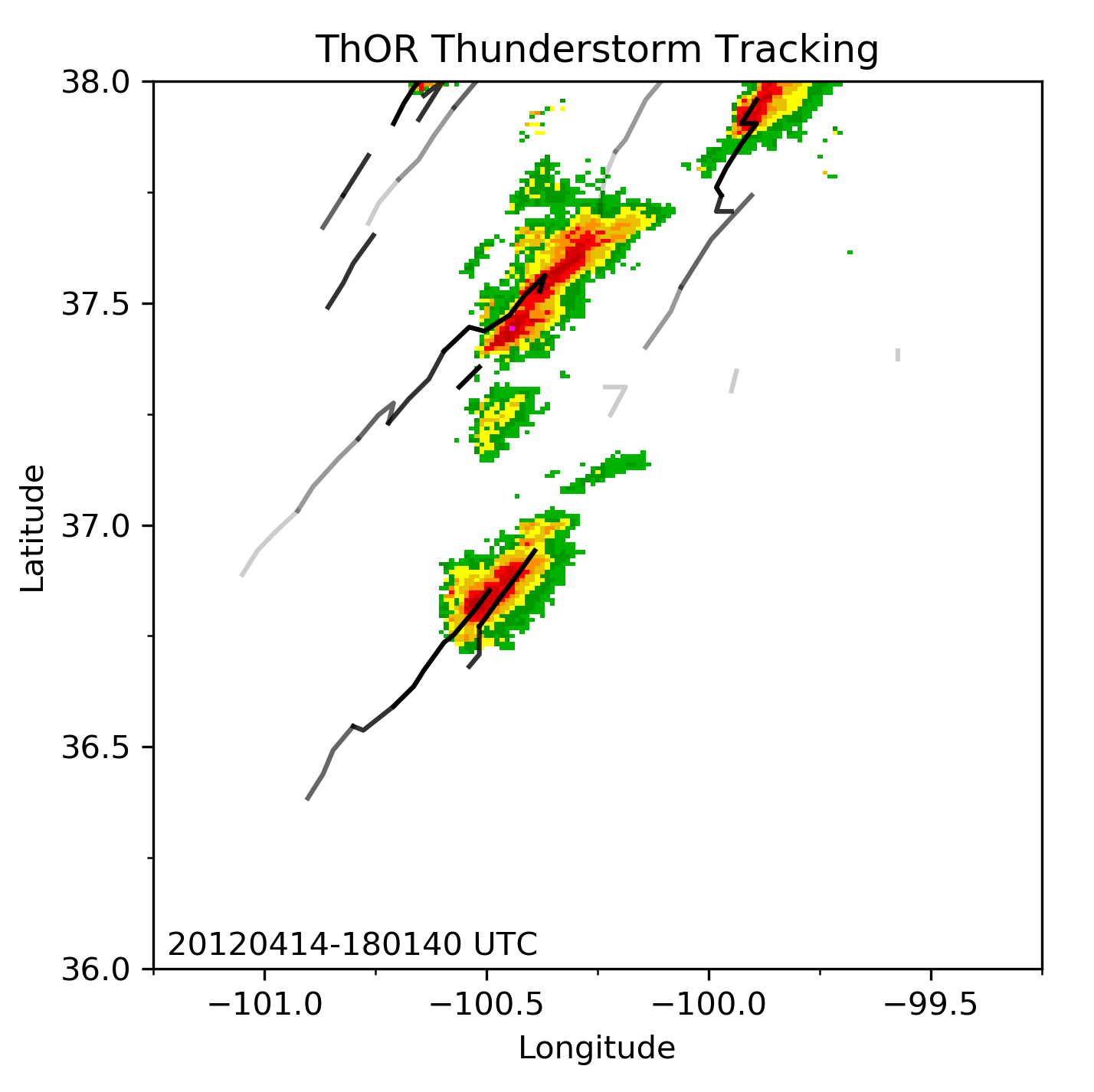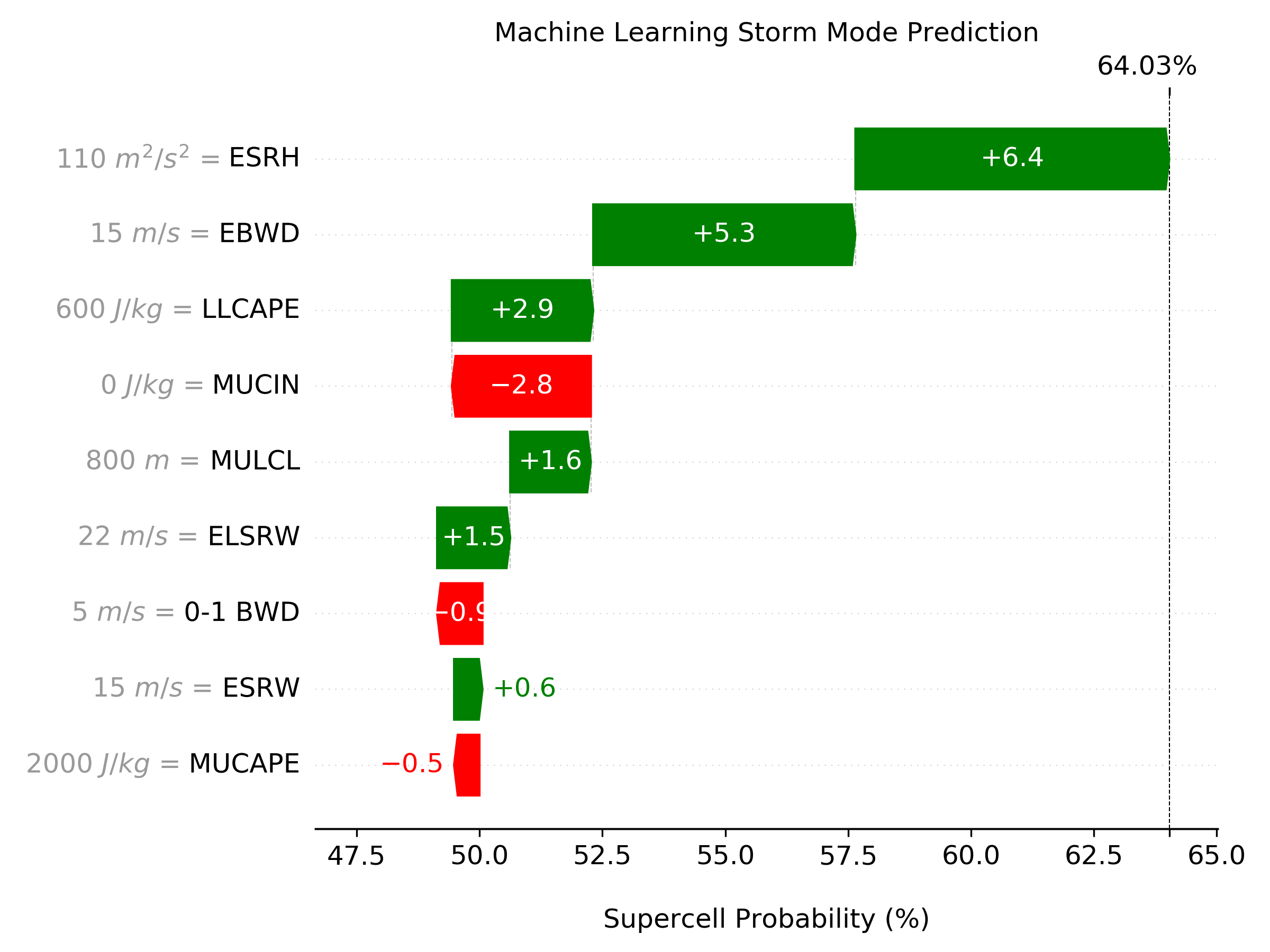
×

Shield's research interests are in using machine learning and other data driven methods to solve atmospheric science problems. His dissertation research focusses on convective initiation. This project will utilize a large set of convective initiation points identified by the Thunderstorm Observation by Radar (ThOR) algorithm. These convective initiation points along with associated environmental conditions will be analyzed using "big data" techniques to better understand and predict atmospheric convective initiation.


×
![]()
Shield has also worked to use machine learning to better understand and predict the type of thunderstorm responsible for the majority of severe weather: supercells. This project uses machine learning to analyze near storm environmental data from both non-supercell and supercell thunderstorms. The resulting machine learning models outperform existing forecast indices and by using model interpretability methods provide insight on the most important variables for predicting supercells and how the probability of a supercell changes based on individual values. More details on this project can be found at: https://eas2.unl.edu/~sshield/ml_supercell

×
![]()
Another major area of research Shield is involved in is the predictive modeling of weather related power outages. Shield's master's research focused predicting thunderstorm related power outages without detailed information on the power infrastructure system such as the exact location and type of power poles. Shield also has worked on projects involving power outages from other types of weather events including improving dissemination and visualization of model predictions and analyzing model performance of hurricane outage prediction models.
